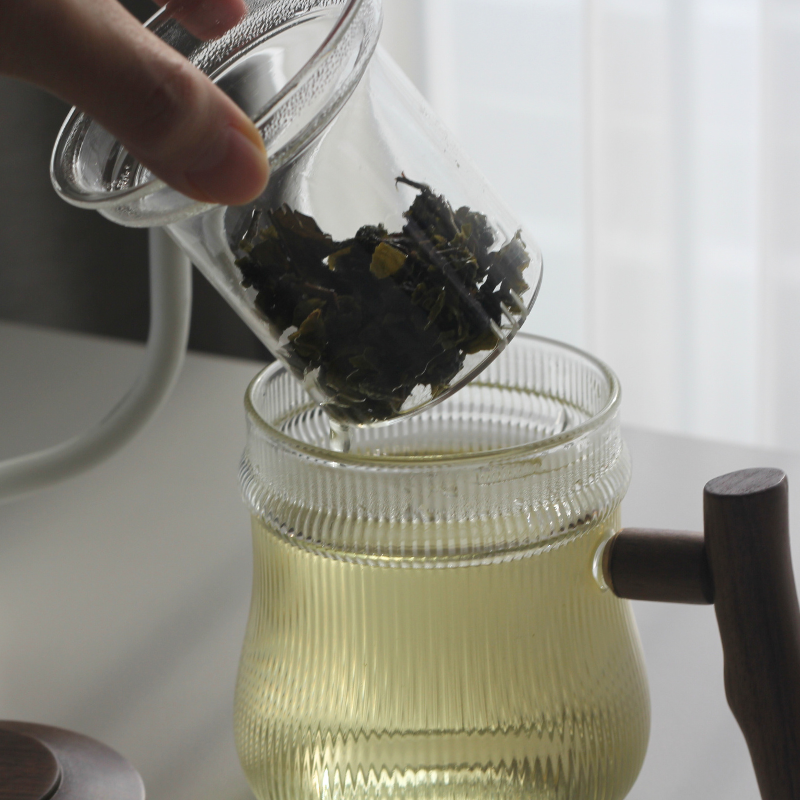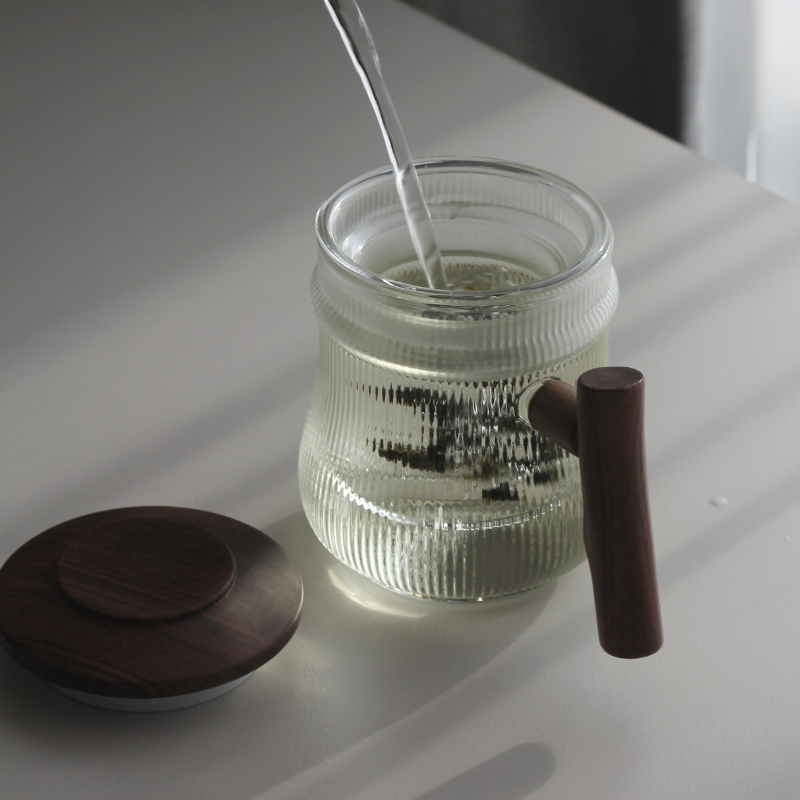[OUR STORY] Korea’s Coffee Culture, its Underlying Realities, and Hojicha
South Korea has undeniably become a major global coffee-consuming nation.
In 2022, the average adult consumed approximately 353 cups of coffee per year. Cafés flood every street corner, and coffee machines populate almost every office, making coffee an integral part of everyday life.
The distinct feature of Korea’s coffee culture is that it has evolved beyond mere consumption into a cultural phenomenon. From instant coffee to roasted beans, and eventually specialty coffee, consumer preferences have become increasingly sophisticated and refined. Particularly noteworthy is the growing popularity of the "hand-drip" coffee culture.
Many Koreans now meticulously consider bean type, roast level, and brewing methods. Preparing coffee at home with grinders and drippers has become commonplace. Coffee has deeply entrenched itself in daily routines.
Afternoon Dilemma: Seeking Coffee Alternatives
As coffee culture has flourished, new concerns have emerged, especially regarding afternoon caffeine intake.
A cup of coffee in the morning is an energizing start to the day, but by around 2 PM, caffeine begins to feel burdensome. Research shows caffeine takes an average of 4-6 hours to metabolize, meaning coffee consumed later in the day can disrupt sleep. This has driven many to seek alternatives for their afternoon drink.
Limited Choices: Current Coffee Alternatives
Currently available alternatives often fall short.
Decaffeinated coffee still contains small amounts of caffeine and raises concerns about chemical residues from processing. Traditional teabags are convenient but lack depth in flavor and aroma. Floral or herbal teas rarely match coffee's complex taste profile.
In this context, we wondered what drink could address the bland alternatives and still be friendly to people's pockets?
For us, developing Baozhong Hojicha made sense. It emerged as a compelling alternative.
Made from oolong tea, it delivers a robust, woody first sip reminiscent of coffee, finishing with baozhong oolong’s distinctive floral aroma. Moreover, by primarily using tea stems, its caffeine content rivals that of decaffeinated beverages.
The Power of Habit
Simply proposing hojicha as a coffee alternative is not enough. A truly satisfying beverage requires a scientifically informed approach.
What is the most crucial factor when choosing an afternoon coffee alternative? Taste? Health benefits? While important, the key lies in eliminating friction in existing habits.
No matter how good a substitute is, it remains just an option if it doesn’t easily fit into existing routines. To transform Baozhong Hojicha from merely an "alternative" to a "natural choice," we retained the appealing aspects of coffee culture.
Hand-drip brewing of hojicha maintains the ritualistic nature of coffee drinking—checking water temperature, setting filters, and slowly pouring water. These moments form a cherished routine deeply embedded in daily life.
Using a hand-drip method for Baozhong Hojicha closely mirrors coffee brewing habits. The tools, timing, and process remain nearly identical, differing only by substituting coffee beans with hojicha.
This familiarity facilitates new habit formation through a psychological strategy called "habit stacking," where small changes to existing habits create new routines. Such an approach significantly boosts success compared to establishing completely new habits.
Thus, choosing a hand-drip brewing method was a strategic, psychologically informed decision, minimizing disruption while maximizing the retention of positive experiences from coffee culture.
Developing Baozhong Hojicha for Hand-Drip
Coffee’s allure extends beyond caffeine. Its complex taste, from initial acidity to a lingering bitterness, defines its appeal. Replicating such complexity in hojicha was essential.
We carefully selected our base ingredient, opting for Wenshan Baozhong oolong, renowned for its fresh, orchid-like finish. The roasting process was redesigned: typical hojicha roasting at high heat briefly yields a nutty flavor but lacks a lingering aftertaste.
By roasting at 90-100°C for extended periods, we achieved initial nuttiness complemented by Baozhong’s signature floral finish. Grinding also underwent meticulous adjustment, avoiding overly fine textures that overly emphasize nuttiness.
These careful refinements enabled Baozhong Hojicha to deliver a complex, nuanced flavor ideal for hand-drip preparation.
Conclusion
We aimed not merely to create a coffee substitute but to explore the possibilities of a new tea culture. The hand-drip method of Baozhong Hojicha was chosen through thoughtful consideration.
In modern life, coffee serves multiple roles—starting a day, marking moments of rest, or facilitating social interactions. Understanding and reinterpreting these cultural values was crucial.
Baozhong Hojicha's uniqueness lies in three aspects:
- Retaining coffee culture’s benefits while removing caffeine's drawbacks. The familiar hand-drip method eases the transition.
- Complex flavor and aroma rooted in Baozhong oolong characteristics. Innovative roasting and grinding deliver a uniquely layered taste, starting robustly nutty and ending with floral notes.
- Initiating a new chapter in tea culture, mirroring coffee's journey from instant to specialty forms, highlighting tea’s potential for similar evolution.
Baozhong Hojicha Hand-drip is the first step toward a new tea experience. We propose a new way to enjoy tea—rich like coffee but uniquely tea-inspired.
If you're struggling with your afternoon coffee decision today, Baozhong Hojicha might just be your answer. A familiar ritual, yet an entirely new flavor—this is the beginning of the change we envision.






![TEA JOURNEY [13] | Tea Tasting Terminology](http://tingeofsoul.com/cdn/shop/articles/IMG_3072.jpg?v=1686898175&width=1080)
Leave a comment